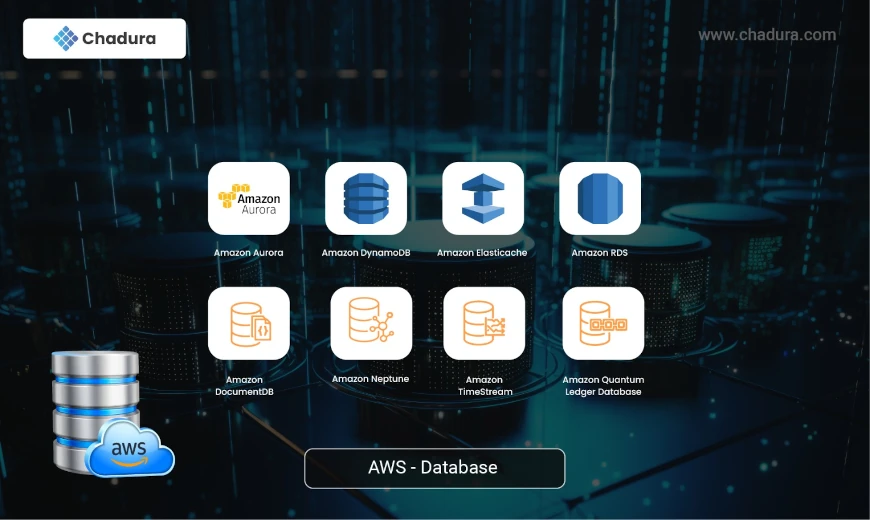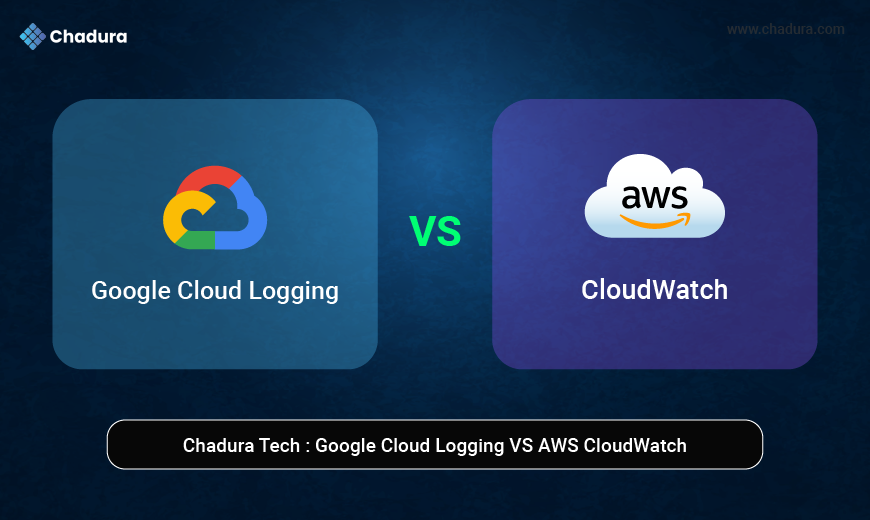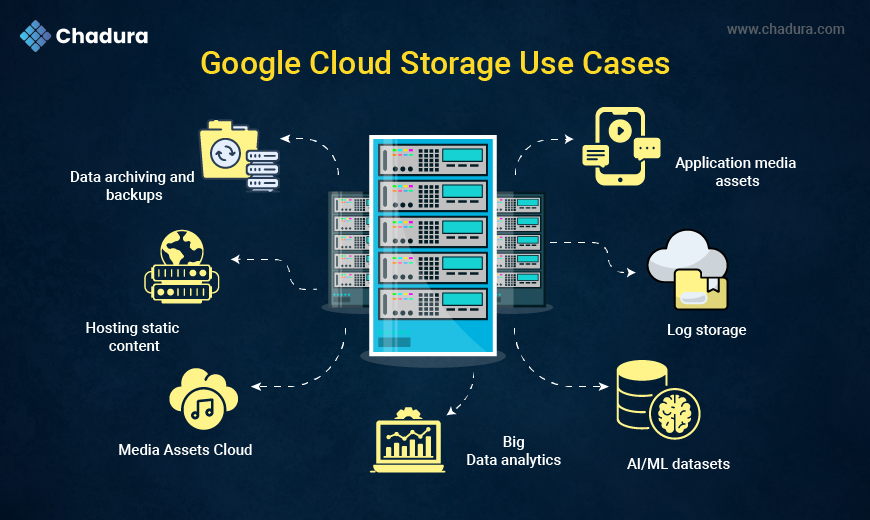Part - III of Part I | Part II | Part III | Part IV | Part V
3. AWS Database
Advantages of Amazon AWS Databases
Fully Managed: AWS Database services are fully managed services that relieve many of the setup, management, and monitoring responsibilities off of the business’s shoulders.
Scalable: AWS provides a set of databases that are highly scalable when compared to popular alternative databases. This is true for both the relational and non-relational databases provisioned by AWS.
Highly available: Given its global infrastructure setup and fault tolerance mechanism, AWS provides highly available and reliable services across the globe.
Security: Provides highly secure services due to the implementation of multi-level security systems like network isolation and end-to-end encryption.
Types of AWS Databases
As stated previously, AWS provides a variety of relational and non-relational databases as cloud services for users. A list of these database services is given below.
- Amazon Aurora
- Amazon Redshift
- Amazon RDS
- Amazon Dynamo
- Amazon ElastiCache
- Amazon DocumentDB
- Amazon Keyspaces
- Amazon Neptune
- Amazon Timestream
- Amazon Quantum Ledger Database (QLDB)
Popular AWS Databases
RDS (Relational Database Service)
Relational Database Service (RDS) is a fully managed service provided by AWS. It allows users to set up, manage, and monitor a database in the cloud. Seven engines are provided by the service to choose from MySQL, MariaDB, Oracle, and SQL Server, and these engines provide support for DBMSs like MySQL.
Benefits of Amazon RDS
- It is a highly scalable relational DBMS that allows for high performance in the infrastructure.
- A sizeable global infrastructure with multiple availability zones and replication capabilities provides highly available service provisioning.
- Auto maintenance and upgrades aid in the ease of use of the services from a management standpoint.
- Auto backup and restore capabilities lead to increased consistency and durability of customer data.
Redshift
Amazon Redshift is a petabyte-scale data warehousing service provided by Amazon and is a fully managed service. It allows us to interpret data to gain more insight into the business and customers. It offers query performance using SQL-based tools and business intelligence applications, regardless of data set size.
Benefits of Amazon Redshift
- Allows us to perform the execution of parallel queries across multiple system nodes.
- Provision of auto-backup on Amazon S3.
- It is more cost-efficient when compared to other competitive data warehouse services.
- Provision of built-in security in the form of end-to-end encryption and user-configurable firewall rules.
Aurora
Amazon Aurora is another relational database engine, fully managed by AWS and compatible with MySQL and PostgreSQL. It has better performance capabilities than most commercial databases, with throughput capability of up to five times when compared to MySQL and three times when compared to PostgreSQL. It is a high-performance storage subsystem with scaling capabilities limited to 128 tebibytes per cluster. Aurora has auto-clustering and standardizing capabilities that ease the challenge of database configuration and administration.
Benefits of Amazon Aurora
- It’s a highly scalable managed database service with a high throughput compared to other databases.
- Provides security due to the implementation of end-to-end security.
- Highly durable and available services.
- AWS fully manages it as a part of the Amazon RDS suite.
DynamoDB
Amazon DynamoDB is a NoSQL database service fully managed by the AWS cloud. It provides fast, predictable, and seamlessly scalable performance. It aids businesses by offloading operating and scaling burdens in a distributed database. It provides managed security, backup, and recovery services in a highly available and durable manner.
Being a non-relational database system, there are three main components of a database in DynamoDB.
1. Table: Non-structured collection of data, with a fixed number of rows and columns.
2. Items: contain a group of uniquely identifiable attributes.
3. Attributes: data elements that reside in each item and are equivalent to a cell in a relational database table.
Benefits of Amazon DynamoDB
- It is easy to set up and manage the NoSQL database service.
- Provides auto-replication of data across multiple availability zones in the global infrastructure.
- Secure due to the provision of encryption at rest.
- Provision of on-demand backup and restoration capabilities.
ElastiCache
Amazon ElastiCache is an easy-to-setup, managed, and scalable web service provided by AWS as a part of its database services. It can be used for caching data in order to accelerate applications and performance. It will also come in handy as primary data for applications where data durability is not a priority. Amazon ElastiCache is fully compatible with Redis and Memcached.
Benefits of Amazon ElastiCache
- Reduced response time since ElastiCache retrieves data from an in-memory system.
- Reduced dependency on disk-based databases.
- Auto-sca
- ling and extremely elastic; scale up and down as per application requirements.
- Fully managed services, so all administrative tasks (backup and recovery, provisioning, etc.) are automated.





